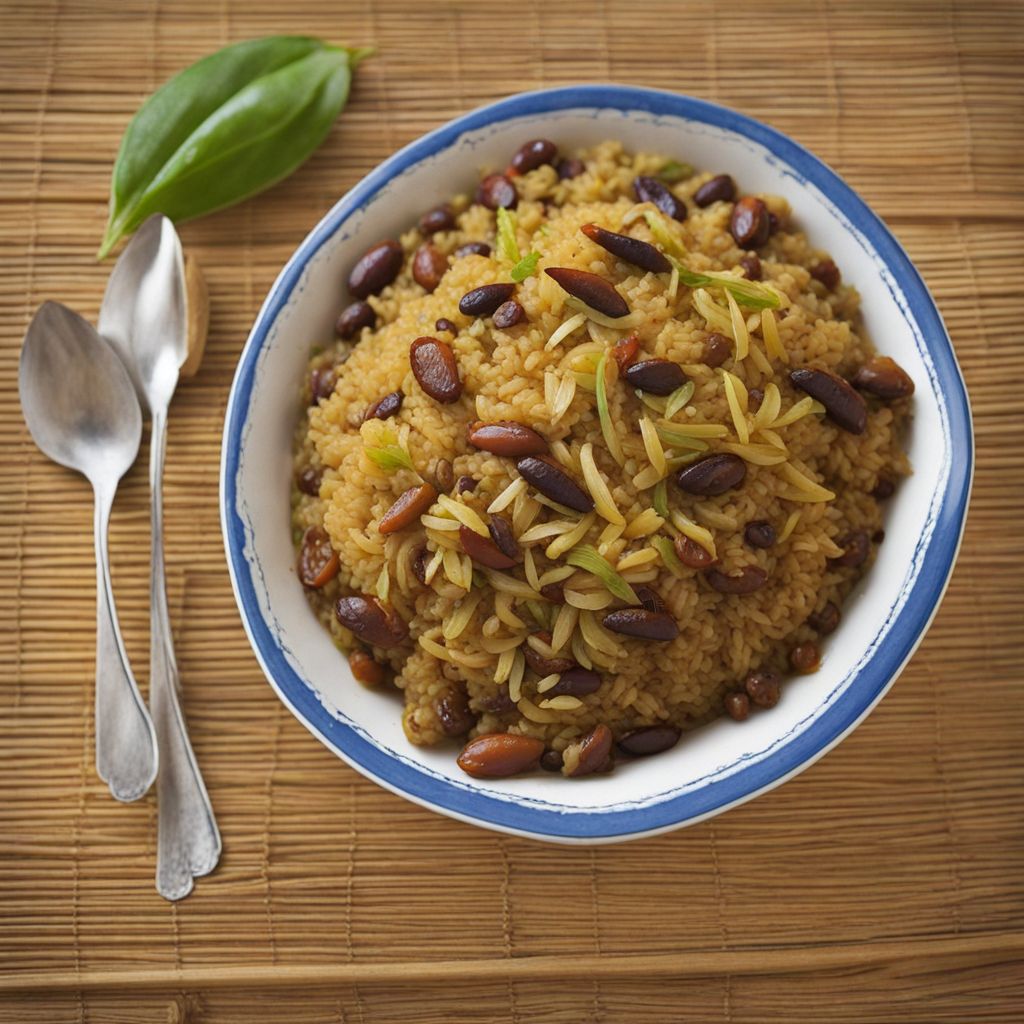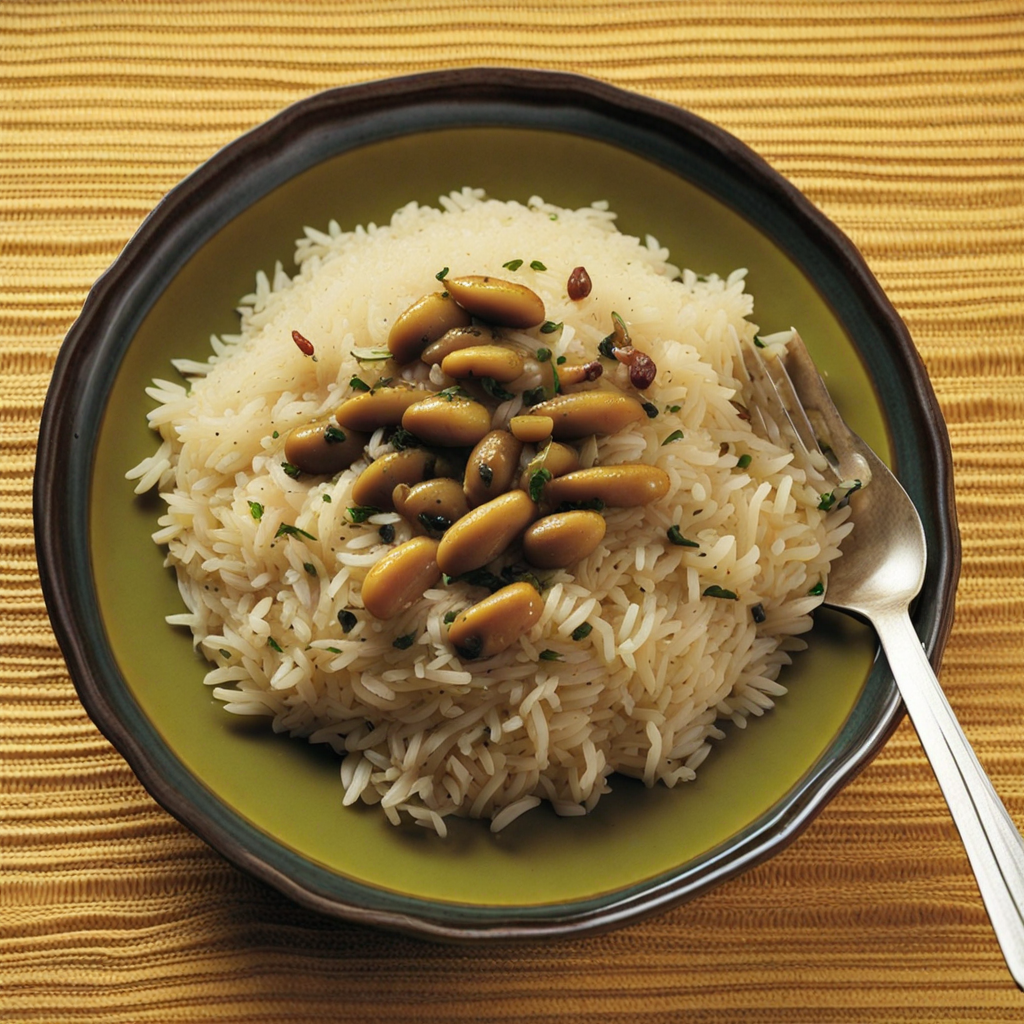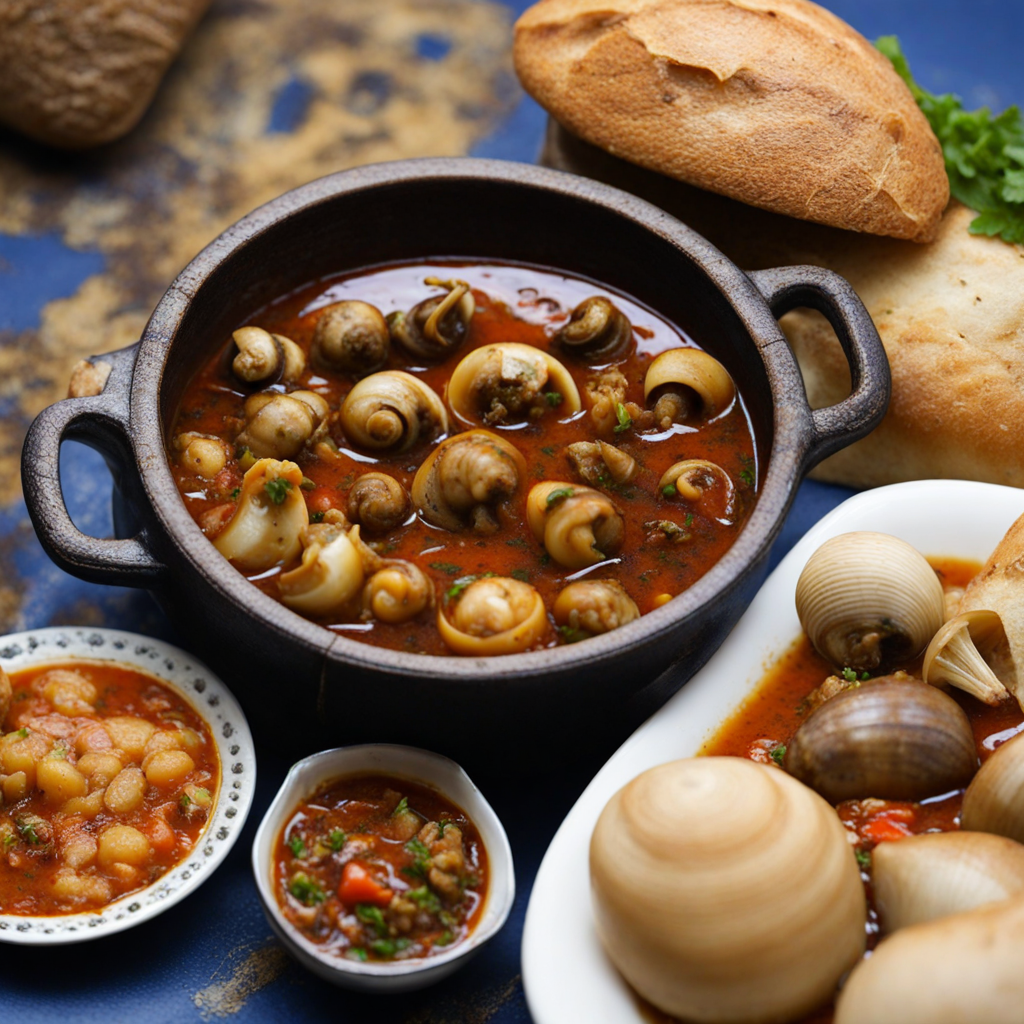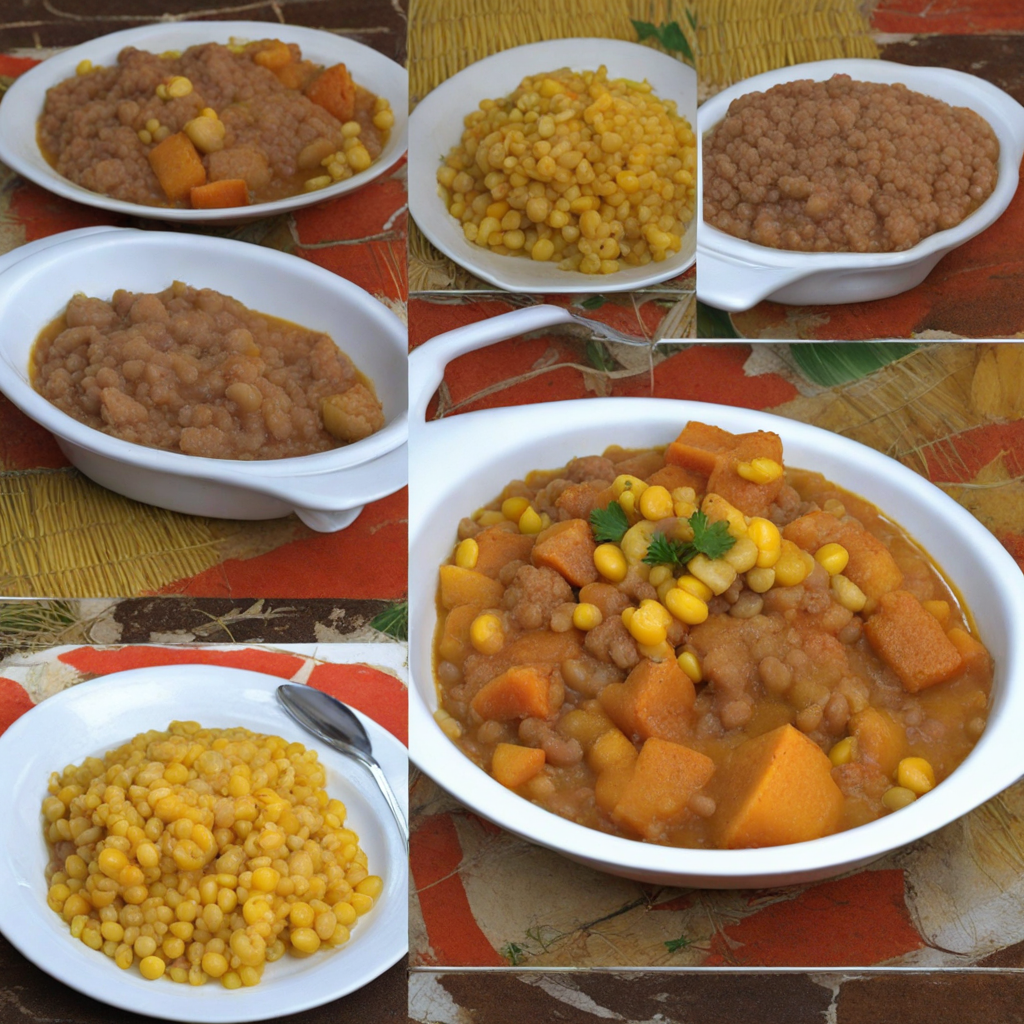Jagacida
Jagacida is a delightful traditional dish from Cape Verde, characterized by its rich, earthy flavors and hearty texture. This dish is primarily made from jagas, or black-eyed peas, which are cooked until tender and then mashed to create a creamy base. The peas are often combined with a variety of ingredients such as onions, garlic, and spices, which infuse the dish with a warm, aromatic essence. The vibrant colors of the ingredients come together to create a visually appealing meal that reflects the island's vibrant culture. In addition to the black-eyed peas, Jagacida may include a medley of vegetables like bell peppers, tomatoes, and sometimes even leafy greens, adding a fresh and nutritious element to the dish. The preparation often involves sautéing the vegetables to enhance their natural sweetness before blending them with the mashed peas. The result is a comforting and satisfying dish that can be enjoyed on its own or as a side, making it a versatile addition to any meal. To elevate the flavor profile, Jagacida is sometimes served with a drizzle of olive oil or a sprinkle of paprika, which adds depth and a hint of smokiness. This dish embodies the essence of Cape Verdean cuisine, showcasing the use of simple, wholesome ingredients that come together to create something truly unique. Whether enjoyed at a local eatery or made at home, Jagacida offers a delicious introduction to the diverse culinary traditions of Cape Verde.
How It Became This Dish
The Rich History of Jagacida: A Culinary Treasure from Cape Verde #### Origins and Ingredients Jagacida, a traditional dish from Cape Verde, represents more than just an important culinary staple; it encapsulates the islands' history, culture, and the resilience of its people. This robust dish is primarily made from jagas (or "jaggery")—a type of corn, often combined with beans and seasoned with various spices. The dish is known for its hearty consistency and rich flavor, serving as a filling meal for families and communities. The origins of jagacida can be traced back to the indigenous peoples of the Cape Verde archipelago, who cultivated local crops and adapted their diets according to the resources available on the islands. The islands were uninhabited until the Portuguese discovered them in the 15th century. The Portuguese colonizers introduced new agricultural practices and crops, such as wheat, rice, and beans, which were blended with traditional methods of preparation. This fusion laid the groundwork for what would eventually evolve into jagacida. #### Cultural Significance Jagacida holds a significant place in Cape Verdean culture, often associated with family gatherings, community celebrations, and festivals. It is a dish that embodies the spirit of togetherness, as it is not only filling but also economical, making it an ideal choice for communal feasts. Its preparation often involves the participation of multiple family members, reinforcing bonds and traditions. In Cape Verde, food is deeply intertwined with identity. The islands, known for their rich oral traditions and music, use food as a medium for storytelling and cultural expression. Jagacida finds its place in this narrative, representing the resilience and ingenuity of the Cape Verdeans, who have historically faced challenges ranging from colonialism to natural disasters. #### Development Over Time As Cape Verde's society evolved, so too did jagacida. The dish has been adapted to incorporate various regional ingredients and techniques, reflecting the islands’ diverse influences. The African, Portuguese, and even Brazilian culinary traditions have all played a role in shaping jagacida into the dish it is today. In the mid-20th century, as Cape Verdean diaspora communities began to form, jagacida became a symbol of homeland and nostalgia for those living abroad. In cities around the world, Cape Verdeans carried their culinary traditions with them, ensuring that jagacida would remain a staple in their diets. The dish has been adapted in many ways to fit the availability of ingredients in various countries, yet it retains its core identity as a comfort food. In contemporary Cape Verde, jagacida is often served during special occasions, such as weddings and religious festivals, and has become a dish that bridges generations. Older family members pass down traditional recipes and techniques to the younger generation, ensuring that the culinary heritage remains intact. However, the dish has also been modernized, with chefs experimenting with new ingredients and presentation styles, showcasing the adaptability of Cape Verdean cuisine. #### Ingredients and Preparation The basic ingredients of jagacida include corn and beans, but the dish can vary widely based on regional preferences and seasonal availability. Common variations include the addition of smoked meats, fish, or vegetables to enhance flavor and nutritional value. Spices such as garlic, onions, and peppers are often used to elevate the dish, creating a depth of flavor that is both comforting and satisfying. The preparation of jagacida is a labor-intensive process that begins with soaking the corn to soften it, followed by cooking it until tender. The beans are often cooked separately and then combined with the corn, along with any additional ingredients. The dish is then seasoned to taste and simmered to allow the flavors to meld. The final product is a thick and hearty meal that embodies the essence of Cape Verdean cuisine. #### Contemporary Significance Today, jagacida is celebrated not only as a traditional dish but also as a symbol of Cape Verdean identity. It is frequently featured in local restaurants and is often served to tourists seeking an authentic taste of the islands. Culinary tourism has played a role in revitalizing interest in traditional foods, and jagacida has gained recognition beyond the shores of Cape Verde. Social media has also influenced the way jagacida is perceived and shared. Food bloggers and influencers have highlighted the dish, introducing it to global audiences and inspiring both Cape Verdeans and non-Cape Verdeans alike to explore the flavors of this unique cuisine. Contemporary chefs are experimenting with jagacida, blending traditional recipes with modern culinary techniques, showcasing the dish's versatility and timeless appeal. #### Conclusion Jagacida is more than just a dish; it is a testament to the history, resilience, and creativity of the Cape Verdean people. Its evolution over time reflects the influences of various cultures and the adaptability of its ingredients. As Cape Verde continues to grow and develop, jagacida remains a beloved symbol of home, family, and tradition, ensuring that the rich culinary heritage of this island nation endures for generations to come. Whether enjoyed in a small home kitchen or served in a bustling restaurant, jagacida continues to bring people together, creating connections through the simple act of sharing a meal.
You may like
Discover local flavors from Cape Verde







